In nature, there are some animals whose appearance may make people feel that they have been processed by Photoshop (P) because they have very unique or strange appearances. Here are the top ten animals in the world that look like they have been processed by Photoshop. Let's take a look:
1. Clione limacina Clione limacina
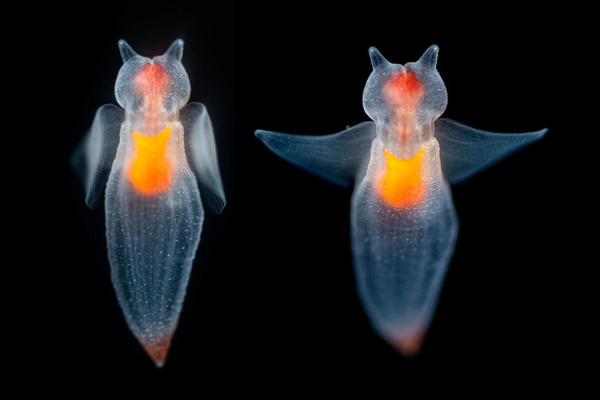
Clione limacina, also known as ice sea angel, lives in the seabed of the Arctic and Southern Oceans at a depth of 350 meters. Originally classified as a pteropod, it has a body length between 2 and 5 cm. Although they have fluorescent properties and look a bit like jellyfish, they are actually a unique species.
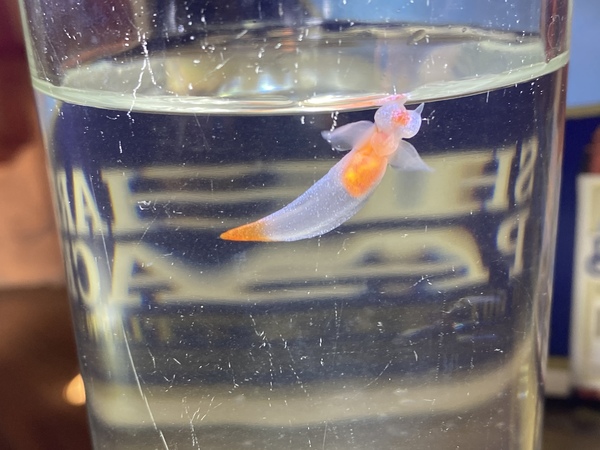
Grimpoteuthis bathynectes mainly lives under the polar ice. The double horns on its head reveal its predatory nature, which is in sharp contrast to the name "angel". Their way of hunting is quite special: there are three pairs of tentacle-like structures called mouth cones on their mouthparts. With these mouth cones, Grimpoteuthis bathynectes can grab the shells of tiger snails. When the shell mouth of the prey faces their radula, Grimpoteuthis bathynectes will use its chitin hooks to grab the prey, take it out of the shell and swallow it.
2. Dumbo octopus Grimpoteuthis bathynectes
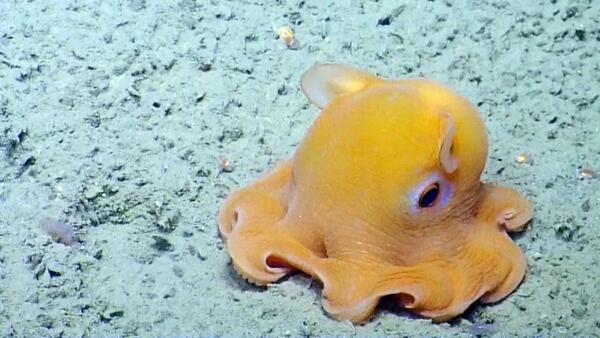
This animal was discovered in 2014. In fact, it is not an octopus, but a cercissus. It is named after the resemblance to Dumbo in the Disney cartoon. Dumbo octopuses are found on the Atlantic Ocean floor, usually at depths between 400 and 4,800 meters.
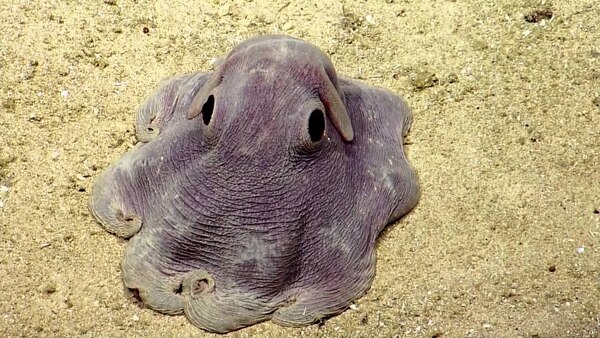
They move only when searching for prey, and only for short distances at a time. They feed on crustaceans, polychaetes, and copepods. They use their own bioluminescence to attract prey and trap them in a mucus net produced by their bodies.
3. Venezuelan Poodle Moth Venezuelan Poodle Moth
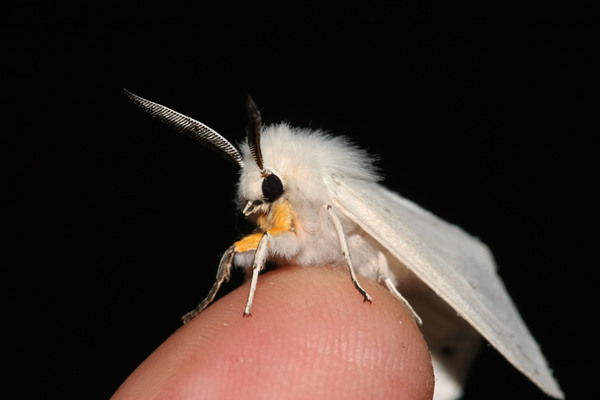
A rare and mysterious moth species, known as the Venezuelan Poodle Moth, was first discovered in Venezuela in 2009. The moth is known for its unique fluffy appearance, resembling a poodle or cotton ball. Although eye-catching, research on this species is still very limited, and little is known about its biology and behavior. Biologists have not yet confirmed its accurate classification.
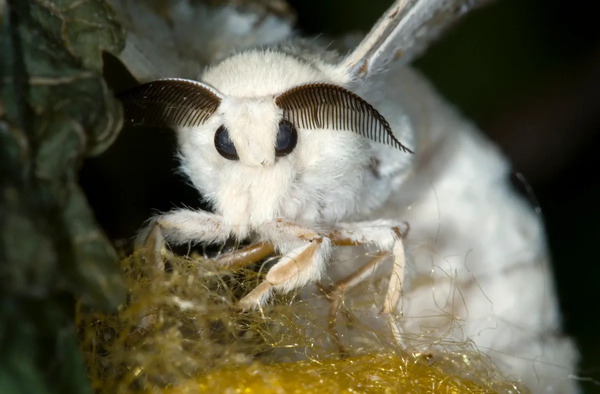
Although it has some similarities with the "muslin moth" in the family of Lepidoptera, it may also belong to other orders and families. This Venezuelan poodle moth leaves many mysteries waiting for scientists to further explore and uncover.
4. Golden tortoise beetle Charidotella sexpunctata
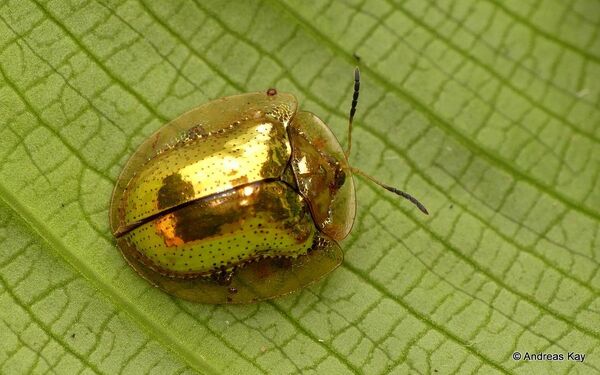
The golden tortoise beetle, commonly known as the golden tortoise, is one of the insects of the family of scarabs. It originated in America and mainly lives in the eastern part of the United States. Its uniqueness lies in its ability to change its body color at will, so it is known as a miniature gem in nature. In southern China, especially in Yangjiang City, Guangdong Province, golden tortoise beetles are also very common. This tiny insect, only a few millimeters long, has one of its most striking qualities: its color-changing properties.
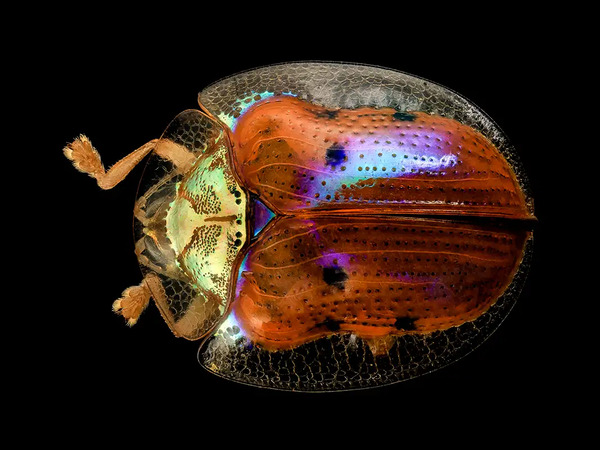
Through a tiny humidity controller under its shell, the beetle can change its body color on its own. It has a disguise-like ability, and can instantly transform from golden to red with black spots.
5. Goldfinger Regulus regulus
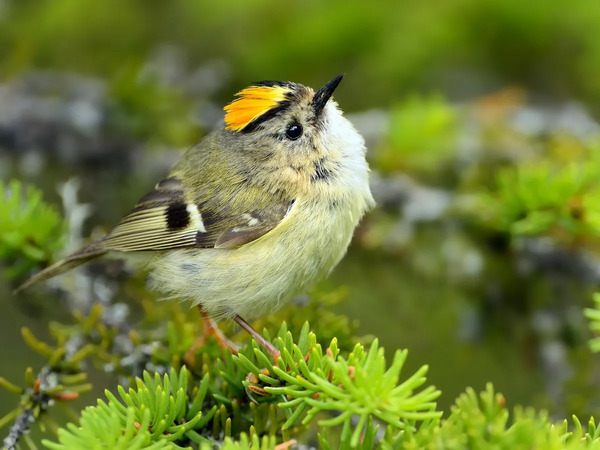
It looks like it's wearing a small hat on its head
The goldfinger is named after the orange-yellow color of its head, which looks like a blooming yellow chrysanthemum. It is lively and agile, often tireless during the day, jumping among conifers, or flying non-stop, foraging while moving, and sometimes making a thin "zi-zi-zi" sound.
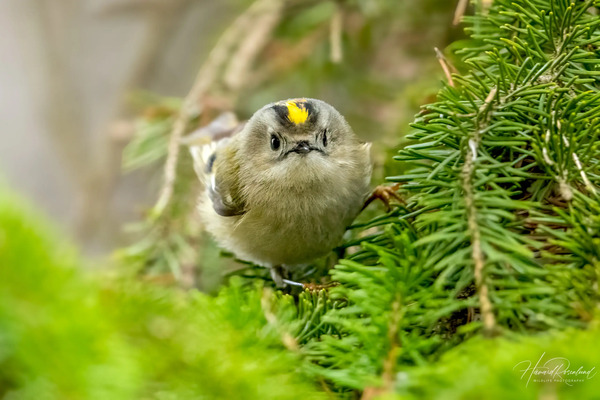
This energetic young man looks like he has a Mohawk haircut, dyed yellow hair, and there are newly grown stubbles next to him.
The goldcrest is a beneficial bird known for pecking at forest pests. It mainly feeds on various insects, especially Coleoptera insects and their larvae, as well as spiders and other small invertebrates. In winter, they will eat a small amount of plant seeds to maintain ecological balance.
6. Onychorhynchus sp Onychorhynchus sp
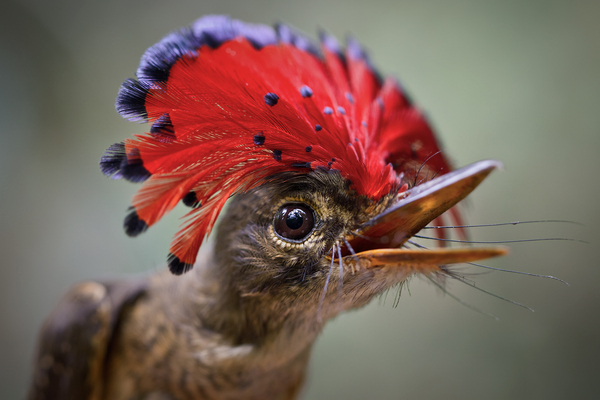
The most exaggerated crown is worn by this bird
The Onychorhynchus sp is a small songbird, one of four species in the genus Onychorhynchus. Their crests are extremely gorgeous, forming a horizontal fan when spread out, which is particularly prominent in males. These crests are often yellow or red, with black markings on the edges and black spots on the fan-shaped part, making them one of the most eye-catching and beautiful crests among birds. The Onychorhynchus sp mainly feeds on flying insects such as dragonflies and butterflies, and they move alone or in pairs in wetlands or forests. These birds build ingenious and delicate nests, and the chicks grow slowly. The distribution range of the imperial flycatcher is wide, extending from the southern part of North America to the Amazon rainforest and the southeast corner of Brazil. It mainly lives in humid environments such as tropical rainforests.
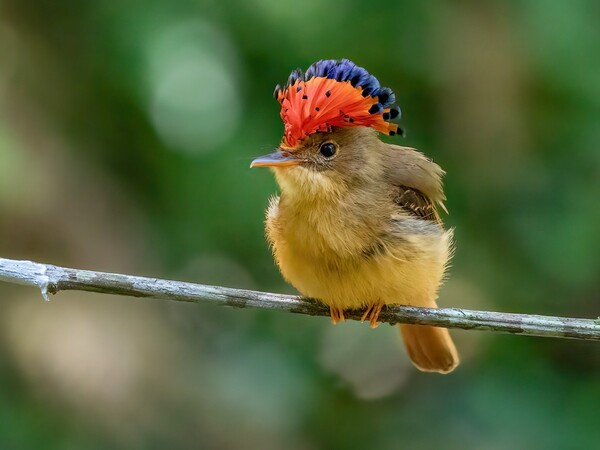
It looks quite domineering, but it is actually quite small.
7. American Harpy Eagle American Harpy Eagle
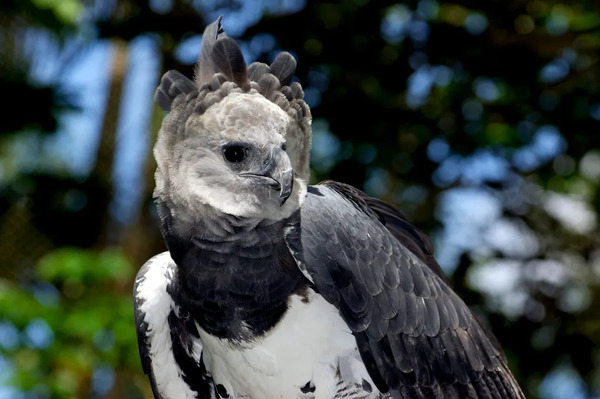
The Harpy Eagle, also known as the Harpy Eagle or the Harpy Eagle, is a unique eagle in the Neotropics. The bird is as its name suggests, a harpy~ The name is inspired by the Harpy in Greek mythology. This monster is a mysterious creature with a human face and an eagle body. According to legend, it is responsible for leading the dead to the territory of Hades.
The Harpy Eagle is one of the most spectacular and powerful birds of prey in the Americas, often soaring in the upper layers of tropical lowland forests. They are among the largest eagles in the world, surpassed only by the Piranha Eagle. The now extinct Haast's Eagle is about 50% the size of the Harpy Eagle and has the strongest claw grip of any adult bird alive today, weighing an astonishing 179 kg.
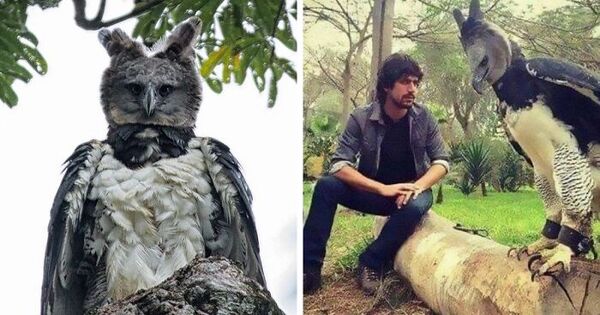
Domineering profile
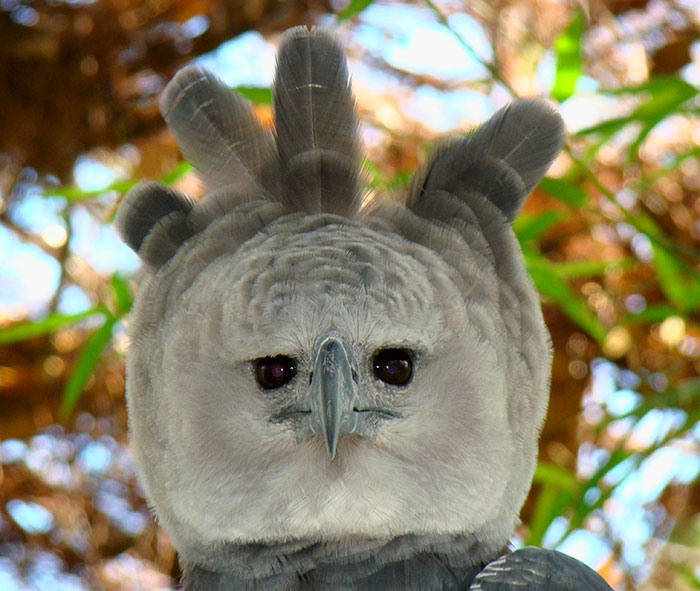
Frontal face (no, let me laugh for a while)
8. Blood-bellied Comb Jellyfish Lampocteis cruentiventer
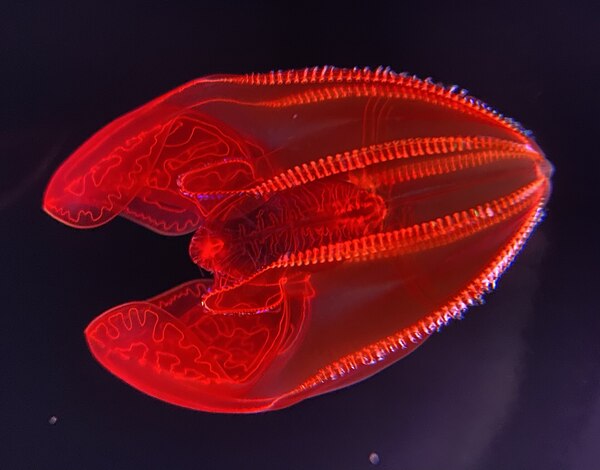
Very charming appearance
This comb jellyfish was first discovered in 1979 in the Pacific Ocean near San Diego, California. These mysterious creatures mainly live on the bottom of the North Pacific Ocean, living in the deep sea at depths of 250 to 1,500 meters. The appearance of comb jellies presents a variety of colors, ranging from deep red and purple to black and lavender. The shadows on their abdomens can hide the bioluminescent properties of the organisms themselves, which allows them to avoid detection by potential predators.
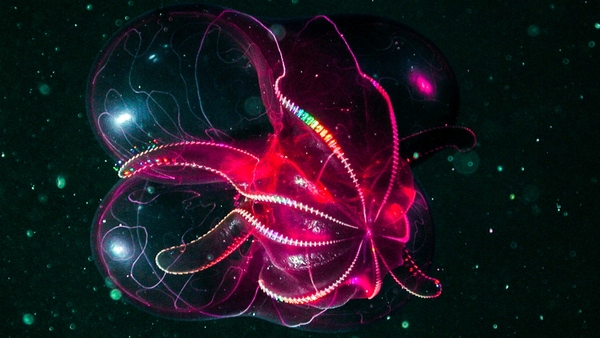
Glow.Colorful and transparent
9. Atolla wyvillei Atolla wyvillei
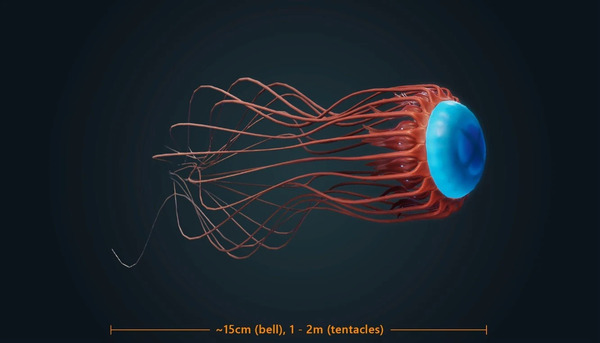
The Atolla wyvillei is widely distributed in the world's oceans and its deep red appearance is very conspicuous. The umbrella of this jellyfish is an extremely flat disc-shaped umbrella with a diameter of 70 to 120 mm and a height of 35 to 50 mm. When attacked, the Atolla wyvillei will emit a faint light to distract the attention of potential enemies.

It is worth mentioning that it also has a tentacle that is thicker than the other tentacles. It is speculated that this special thick tentacle may be specially used for predation. When this jellyfish is attacked, it will respond with a series of flashes, exposing the attacker to the predator's field of vision.
10. Atlantic Sea Slug Glaucus atlanticus
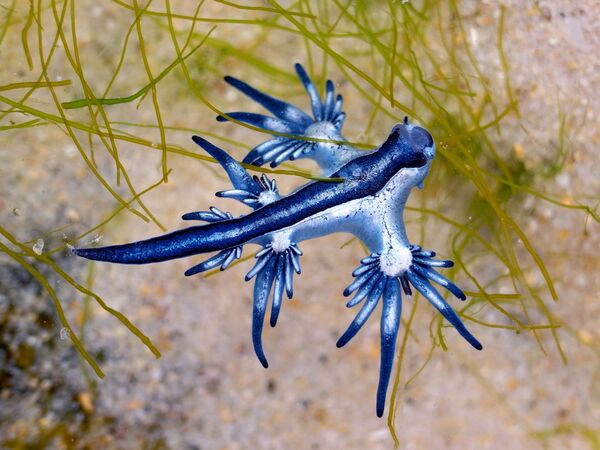
Atlantic Sea Slug, also known as "Blue Dragon", "Blue Angel", "Blue Petrel" or "Shrimp Sea Cow", is a small pelagic winged sea slug with a deceptive iconic blue appearance. The change in their body color plays a key role in deceiving predators: when they point their blue side toward the sky, it blends in with the color of the seawater and effectively hides on the sea surface, making it difficult for potential predators at sea to detect their presence; and when they point their silver-gray side toward the seabed, it matches the reflected hue of the sky and hides in the seabed, making it difficult for potential predators at the bottom of the sea to detect their location.
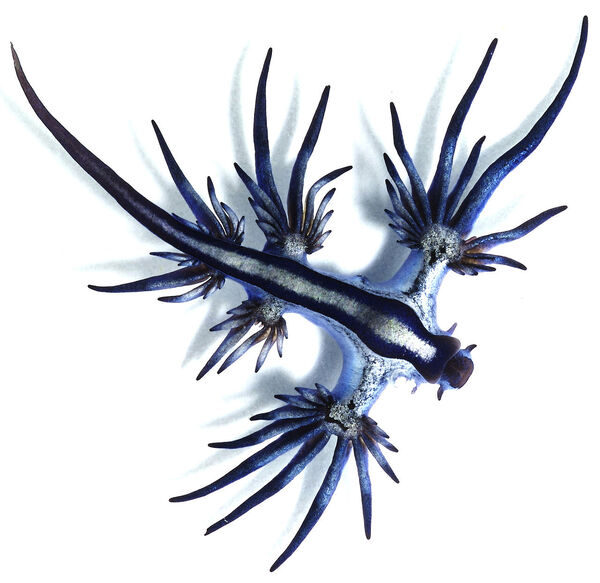
This seamless color camouflage provides effective protection for the Atlantic sea slug.
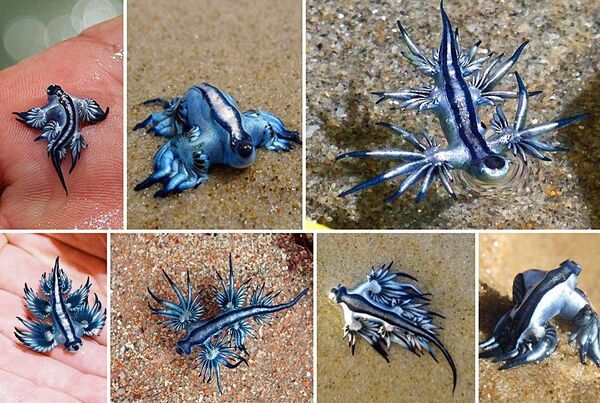
animal tags:
We created this article in conjunction with AI technology, then made sure it was fact-checked and edited by a Animals Top editor.